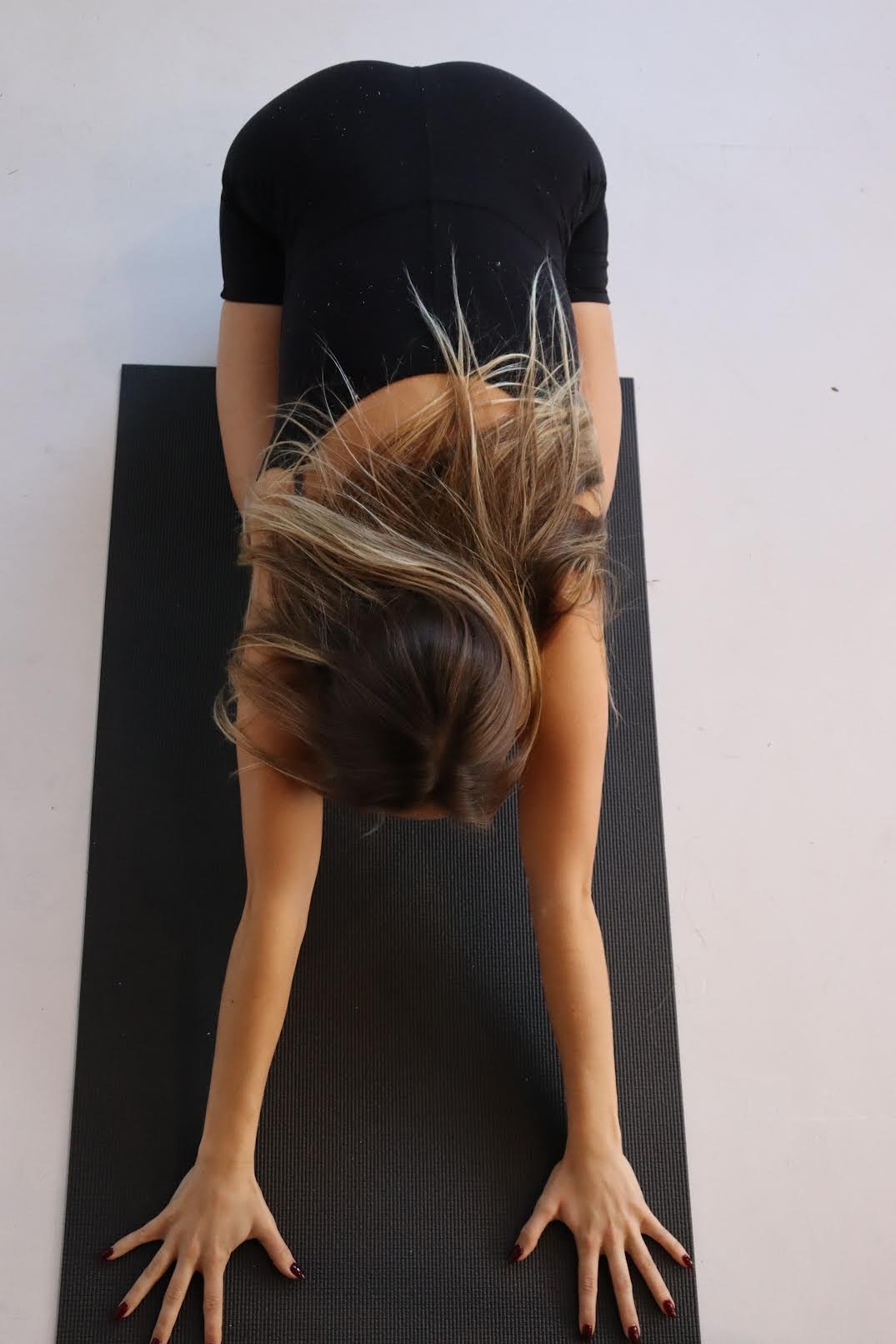YOGA THERAPY
YOGA THERAPY
Yoga Therapy is a type of mind-body approach to address mental, physical, spiritual, and emotional health. What does it look like?
What I offer in individual sessions + the science behind yoga:
Meditation:
Has been shown to increase the proliferation of new neurones in the brain via the process of adult neurogenesis. Meditation also produces new neural pathways within the brain, increases cortical thickness, and grey matter (which plays an important role in cognitive functioning). Meditation has also been shown to work as a form of neurostimulation to help with the re-patterning of negative thoughts. Meditation expands our ability for witness-consciousness and deepens our introspective awareness.
Asana (postures and sequences):
Helps with lymphatic draining, balancing of hormones, and increase in metabolic rates and stress tolerance both mentally and physically. Expands our proprioceptive awareness (the ability to sense our muscle tissue and fibres in time and space).
Breathwork:
Cleanses the respiratory tract and helps balance oxygen and carbon dioxide levels within the circulatory system. Breathwork can help elevate energetic deficiencies (e.g. depressive symptoms), and oxygenate under active muscle tissue, organ membrane, fascia, and support cognitive functioning. Conscious breathing is our entry point into regulating the autonomic nervous system and is a key foundation to my therapeutic practice. By calming and controlling our breath we can alter autonomic responses and come into a state of homeostasis. Which creates continuity of optimal functioning of the cognitive brain (learning, memory, alleviation of brain fog) and other physiological functioning. Breathing alone can change our physiological state by altering our heart rate, regulating our mood; and by supporting neuroendocrine system, digestive system, blood flow, blood sugar, and metabolic processings.
Stillness practice:
Stillness practices can help still the busy mind and is specifically an effective practice for managing ADHD by retraining the brain to constantly come back to a point of focus. Similar to training a muscle! It takes time and repetition to strengthen this connection. Stillness expands our body awareness and emotional awareness. When we connect with our body we strengthen the neural connection between the brain and body. Emotions are felt in the body and experienced in the mind.
Yoga Nidra + Restorative Yoga:
Yoga Nidra known as “sleeping yoga”, and restorative practices have been shown to be one of the top treatments for PTSD symptoms. Re-training the nervous system to rest. Rest (also referenced as neurorelaxation) is an important factor when healing the brain from disease, aliment, and trauma. Neurorelaxation is the one of the 4 stages of healing the traumatized or ill brain. Norman Doidge MD a leading expert in neuroplasticity speaks to this phenomena in his book “The Brains Way of Healing” based on his research and contribution to the study of neuroscience. Neuroplasticity is the phenomena that the brain is constantly changing, and is able to rewire and heal itself being that is a regenerative, non-linear, and adaptive organ. Debunking the belief that our brains are stagnant, rigidly wired, and develop in a linear manner. Instead proposing the scientific understanding that our brains are constantly evolving, able to adapt, and re-generate through neuronal connectivity and specific intervention strategies being:
neuro-stimulation
neuromodulation
neuro-relaxation
neurodifferentiation/learning
In sum, by coming to a place of intentional rest can allow for the brain to process emotional distress, rewire, and heal itself in a calm restful and safe state. Yoga Nidra can support the pruning process that the brain undergoes during phases of rest, the detoxification of high cortisol levels (stress hormones), decrease in inflammation, and excess protein buildup within the brain. Yoga Nidra specifically supports the nuero-relaxation component of the brains self-healing/ regenerative process.
What I love about Yoga is that it is an intuitive practice. So much of the practices are skills we all already have: self-awareness, emotional intelligence, and breath. To self-regulate is within our innate capacity. To heal is within our own ability as intelligent regenerative multicellular organisms; as we are non-linear biological beings that can inherently have the capability to adapt, regenerate, and self-heal.
- Jen Miles
We need to be able to feel in order to heal. Yoga brings us back to our bodies as it is an embodiment-based practice. Trauma and traumatic events can disembody us leaving us feeling numb and dissociated from our bodies. Trauma is multidimensional - thus requires a holistic and multifaceted approach to supporting such recovery. Yoga is innately multifaceted which is just one of the many reasons for why it is an comprehensive and effective therapeutic modality.


